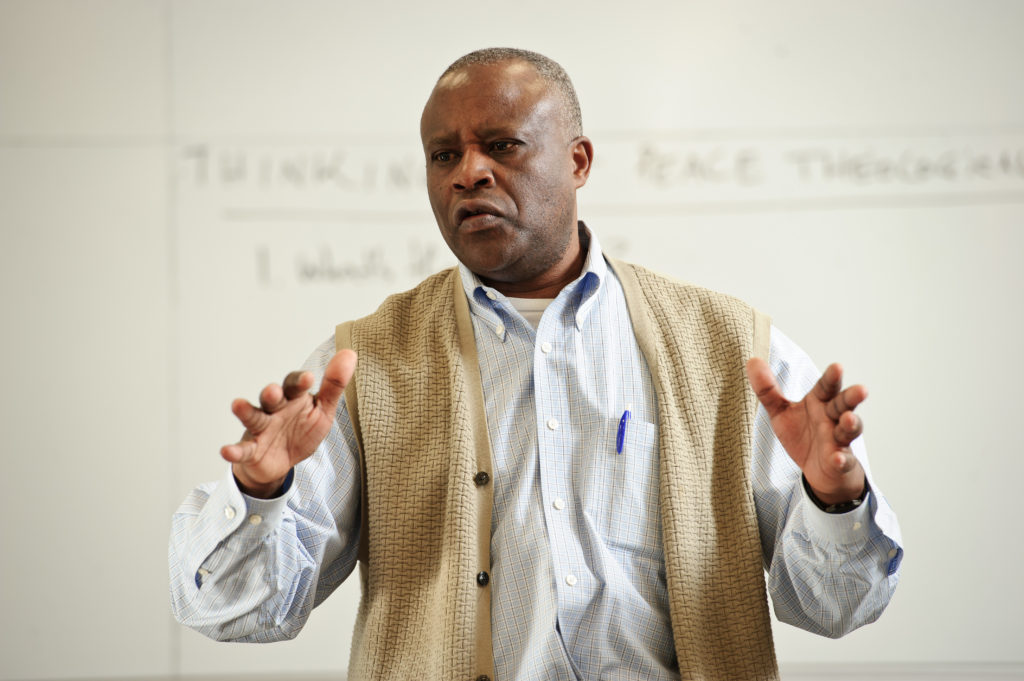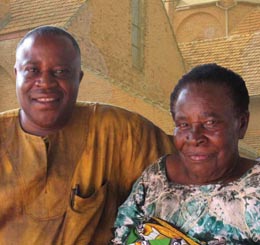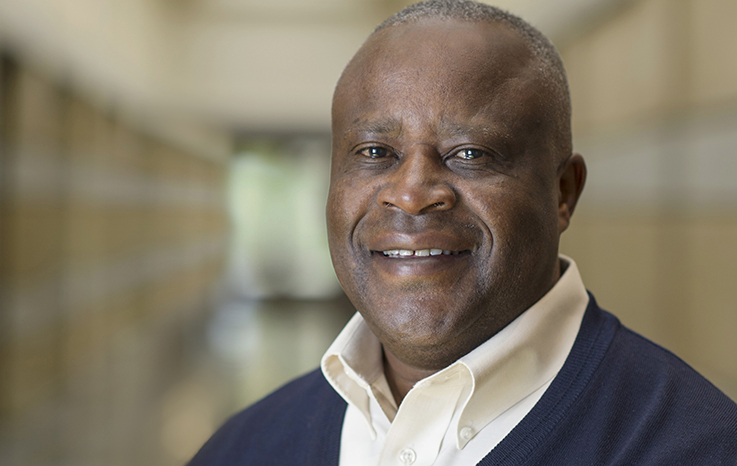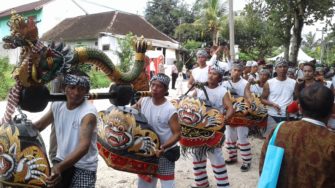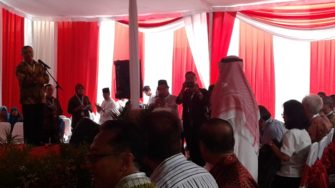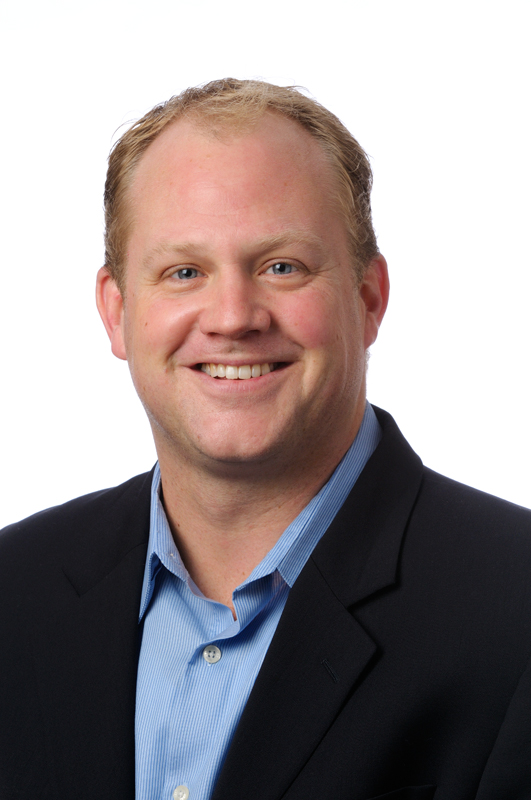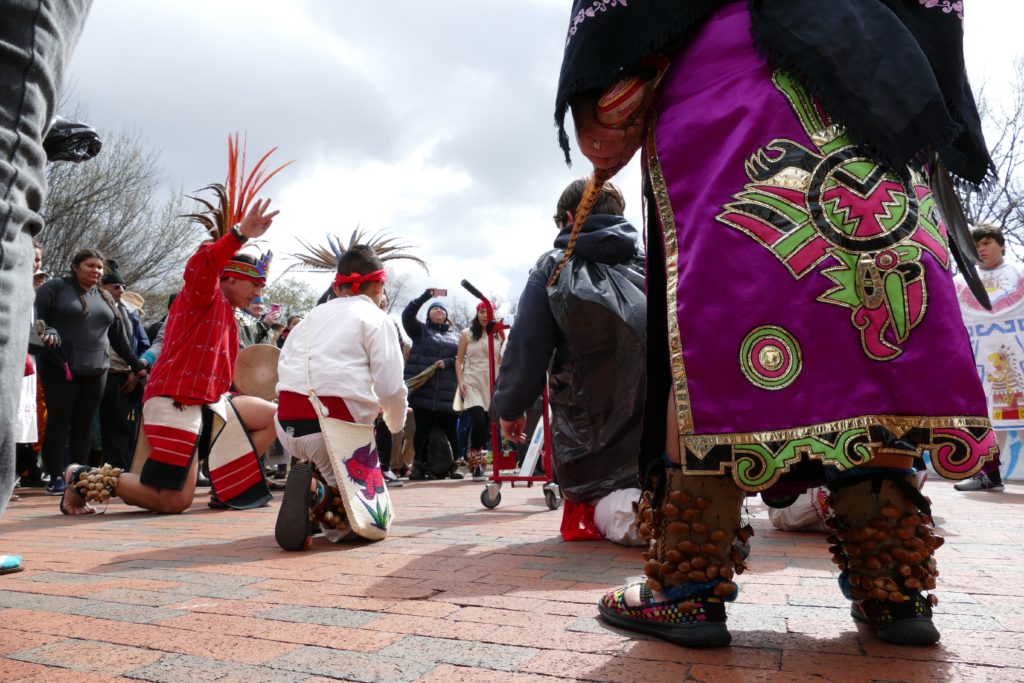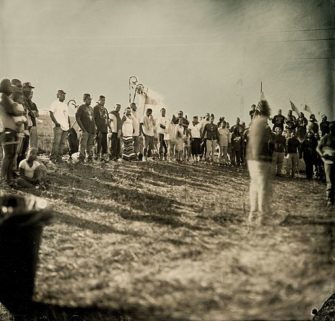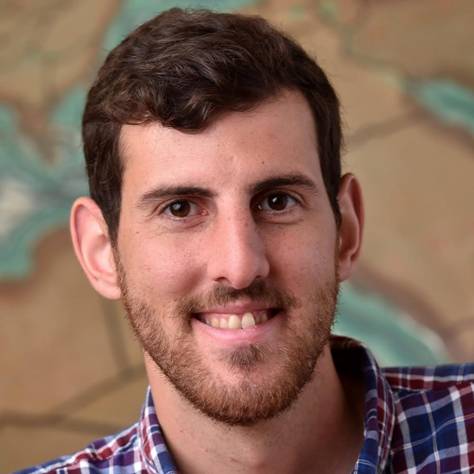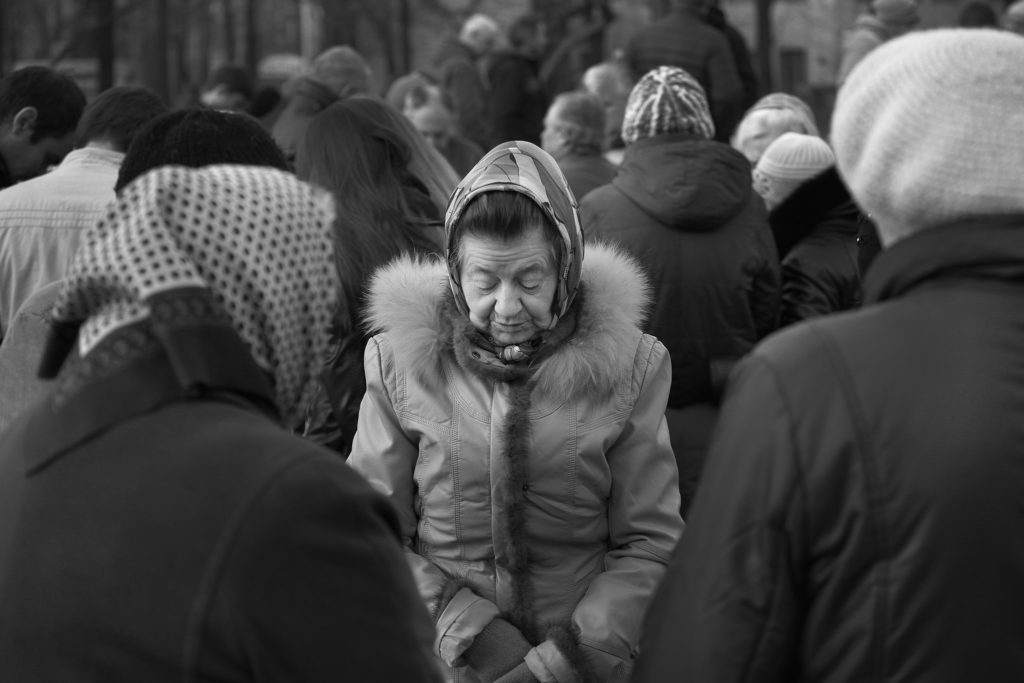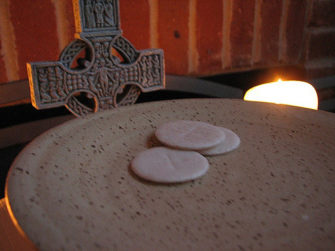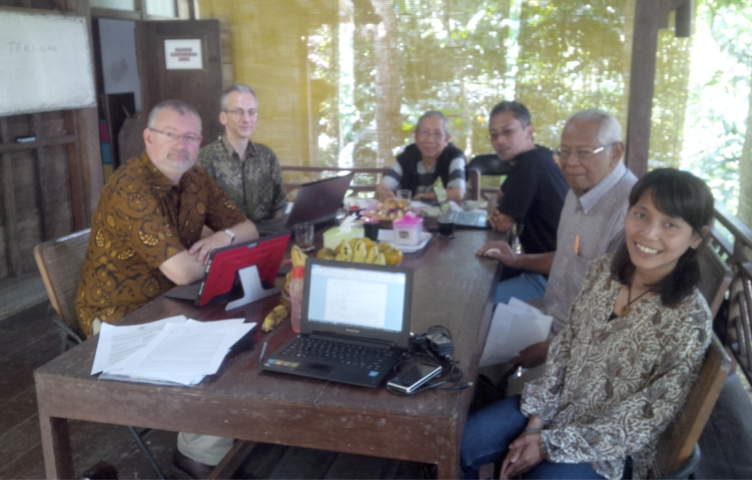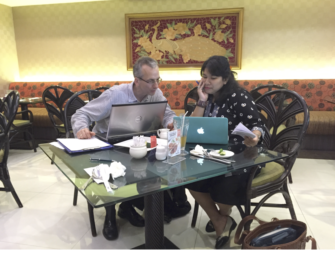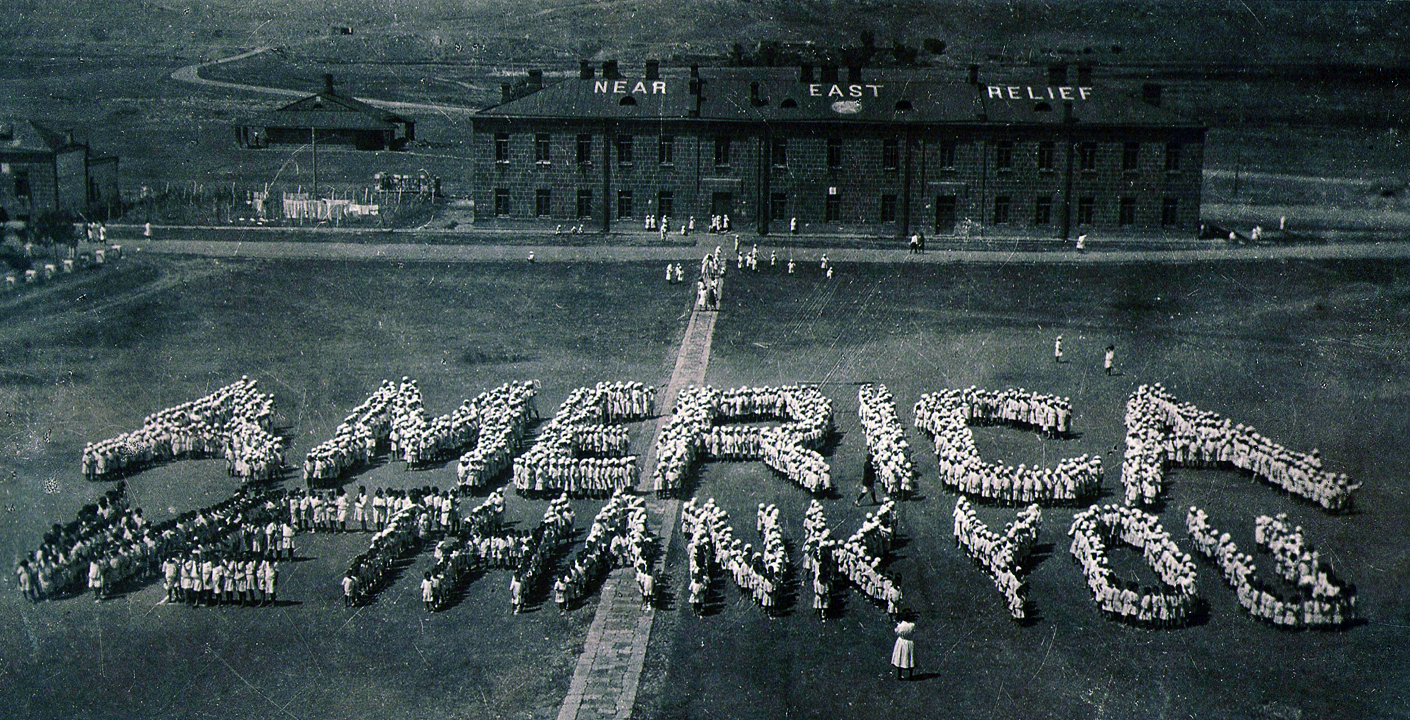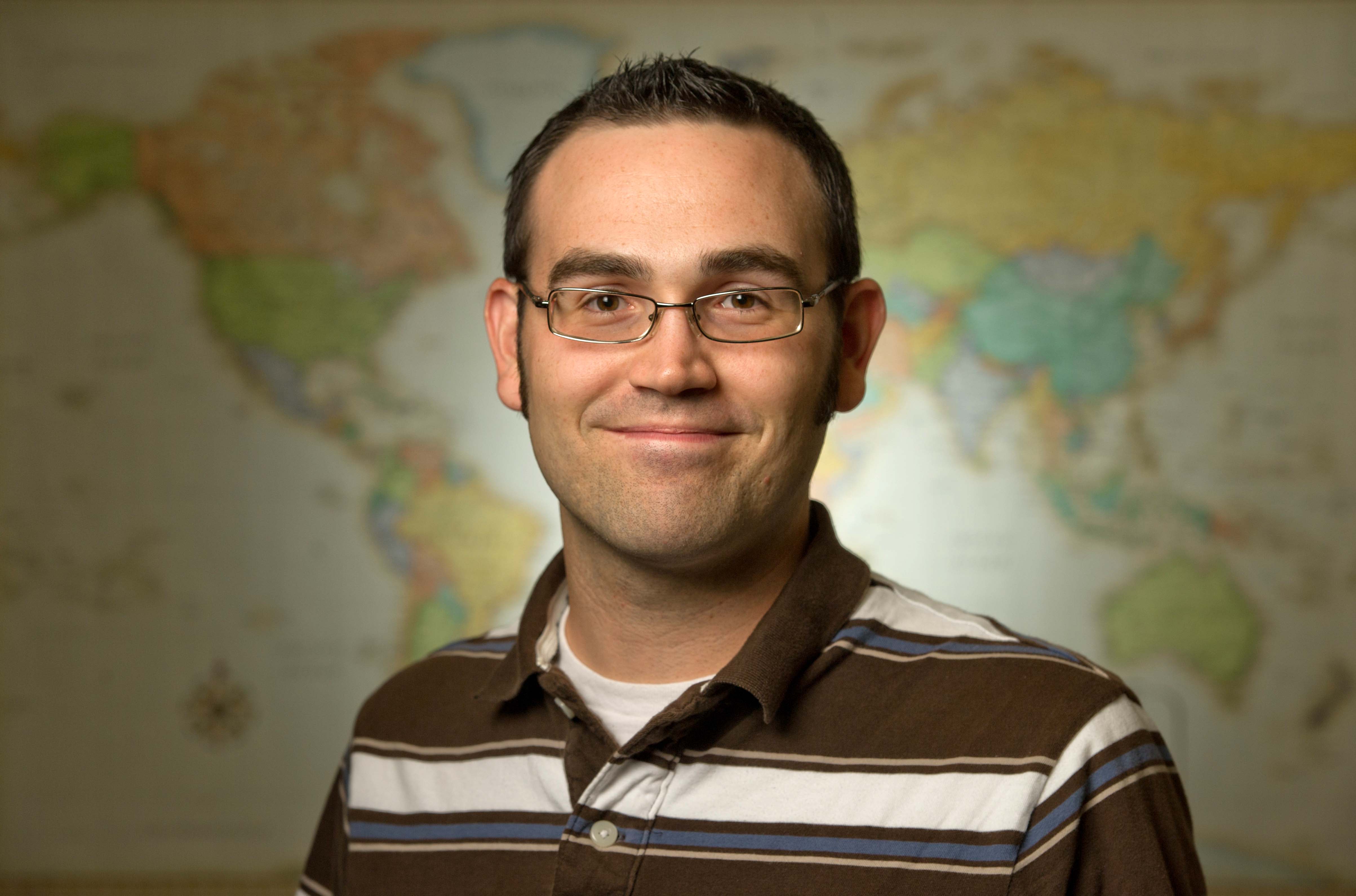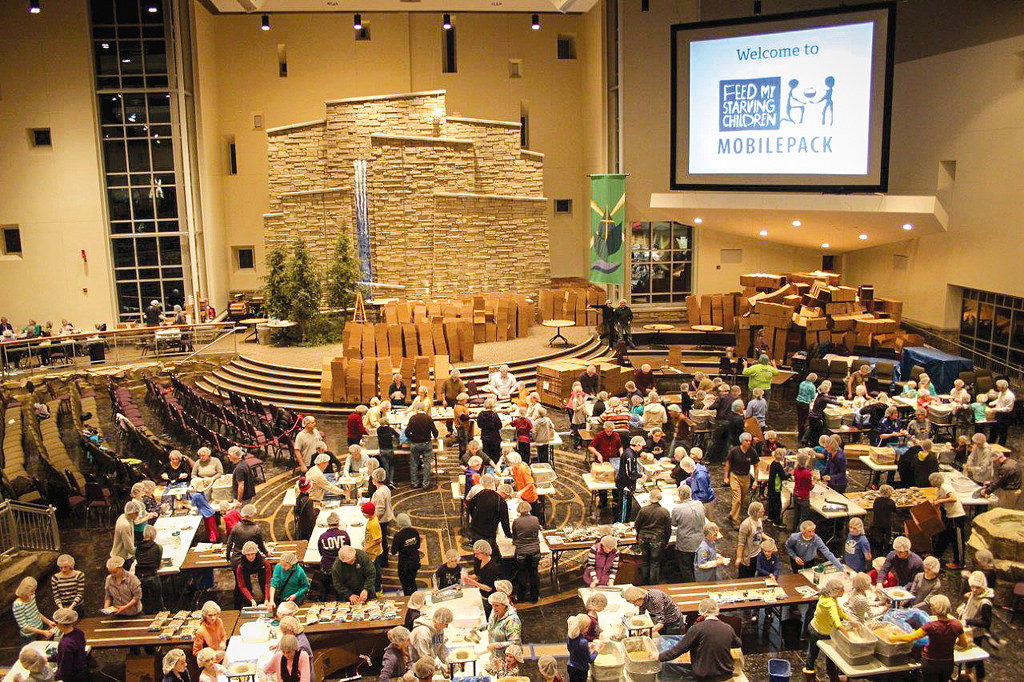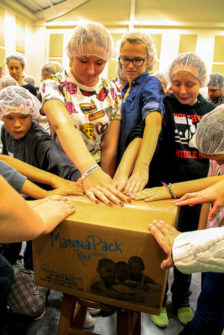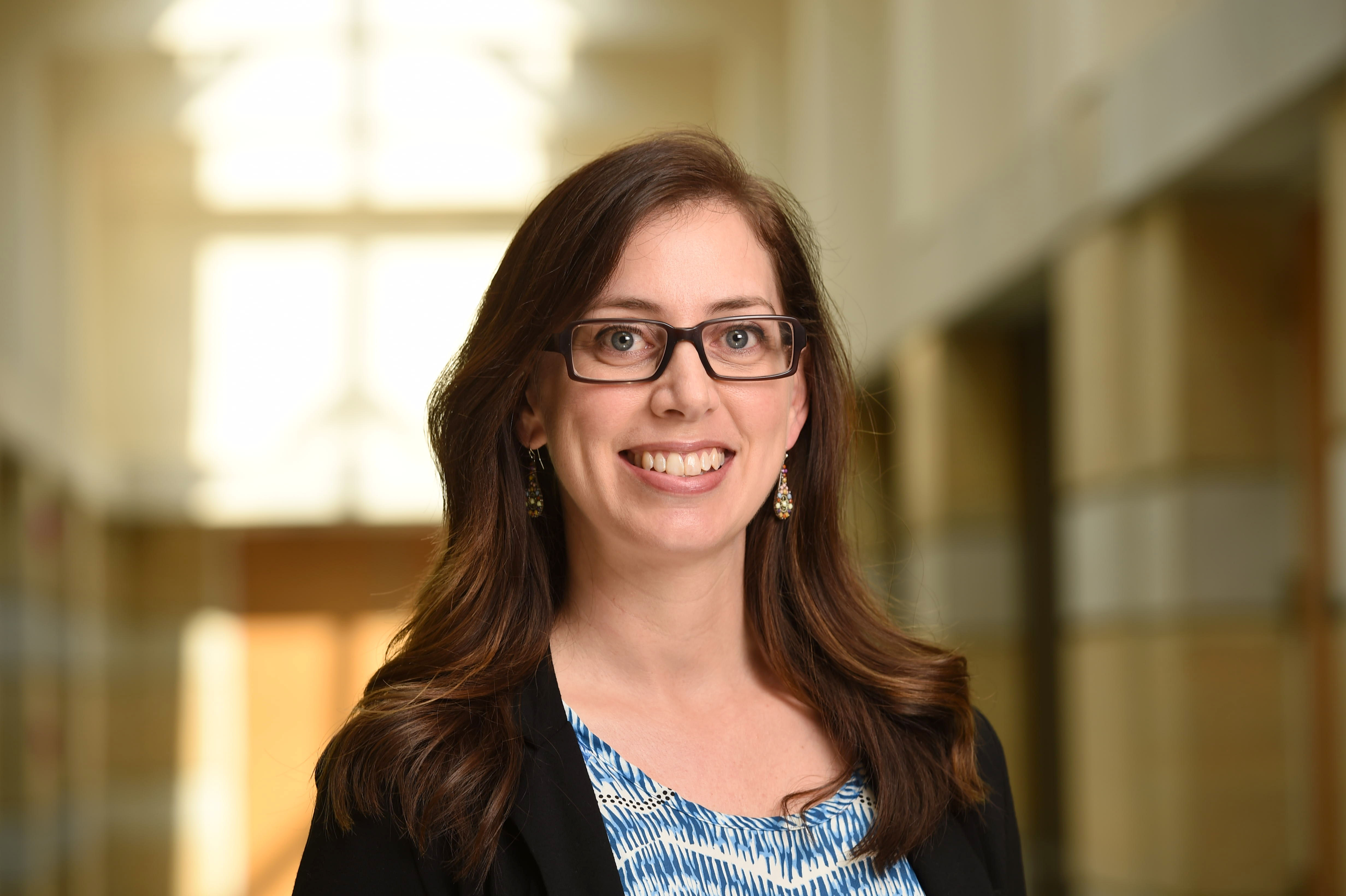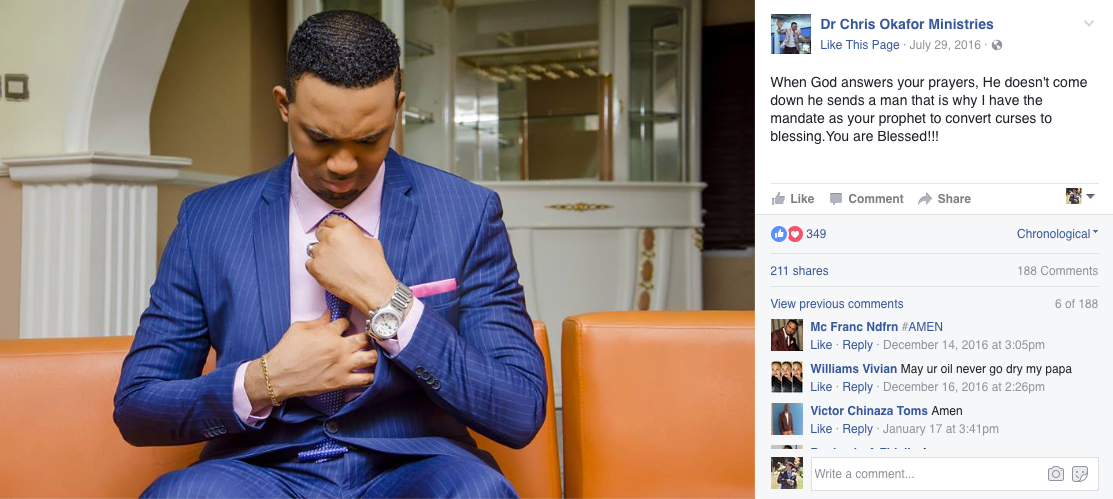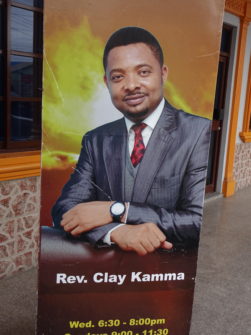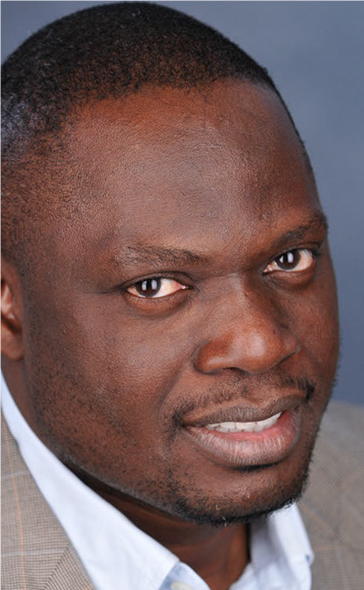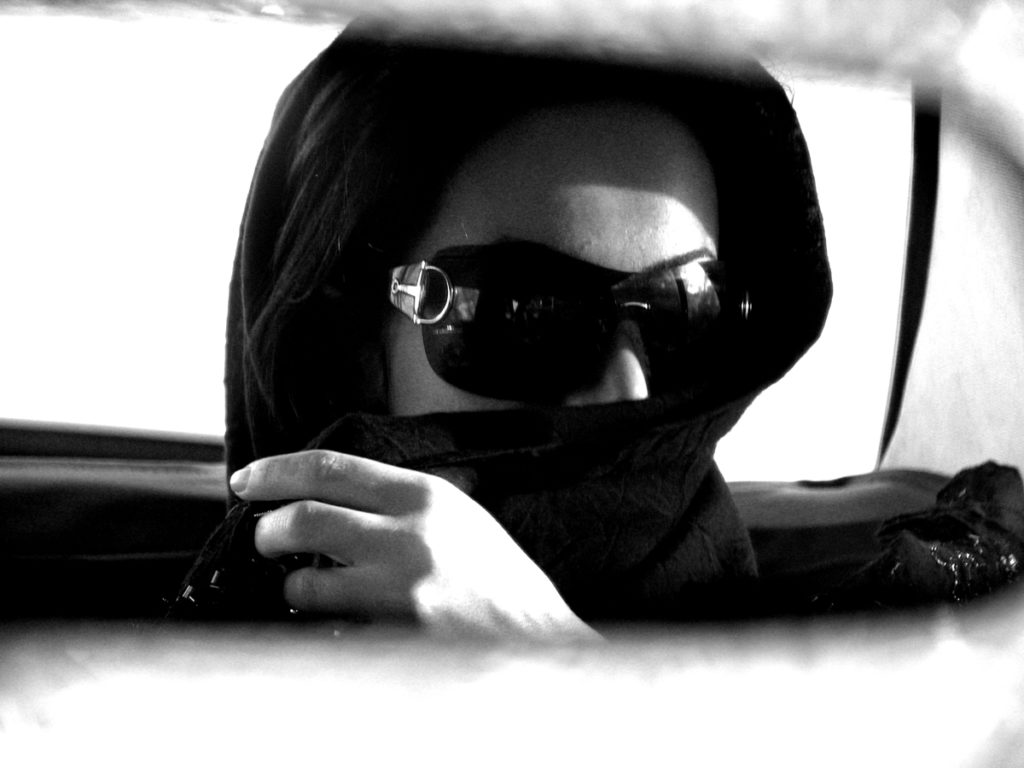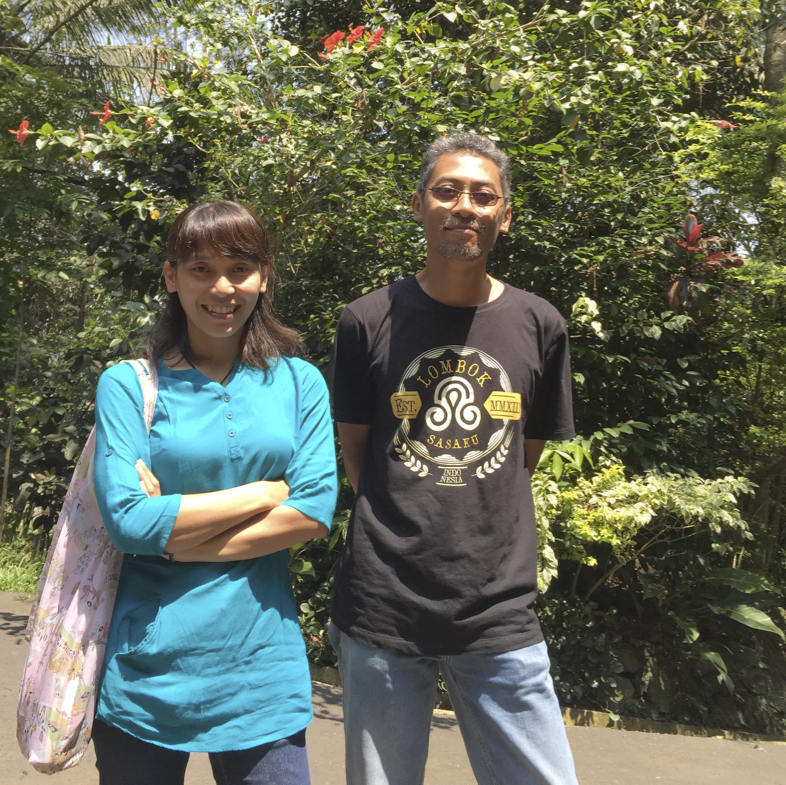
Europeans like us, the lead researchers, tend to see religious questions through a European lens: our inter-religious (or inter-denominational) histories are shaped by the Reformation, the development of modern nation states during the Thirty Years War, the legal frameworks that regulated the opportunities of minority traditions, the privileging of the individual in Enlightenment thought, and the complex negotiations between religious and secular institutions in the twentieth century. Religious identity is often a deep and fundamental concern for members of European religious traditions and religious people arguably tend to see their religious identity as what is distinctive about them. This presents some challenges for research into Indonesian contexts: it is vital that European presuppositions about what ‘religion’ is, or about what religious difference is, do not distort local narratives. Our project mitigates this risk through its partnership between researchers from European universities (Birmingham and Berlin) and fieldworkers from local Indonesian research centres (Percik and Interfidei), centres whose leaders are familiar with Western religious studies but are not confined by its limited imagination.
An example may help to illustrate what is at stake. It is quite common to hear Indonesian intellectuals suggest that in Indonesia religious affiliation is as much an administrative matter as one of deep personal conviction or identity. This sounds odd to Western ears (or at least to the ears of the two Western researchers working on this project), given the ways in which religion is in our contexts a marker of identity.
However, it is worth noting some recent discussions which suggest that in Western contexts too ‘religion’ is a significantly administrative matter. There is a growing literature on the local construction of religion through law and state mechanisms (for example Elizabeth Shakman Hurd’s account of the ‘securitization of religion’ or Winnifred Fallers Sullivan’s discussion of how the ‘religion’ of the USA’s Constitution’s First Amendment plays out in contemporary foreign policy).
It is important to understand that in the wake of the anti-Communist purge of 1965 Indonesians were for the first time required to declare officially which religion they belonged to. This was a strategy intended to expose Communists, who tended to be anti-religious. Moreover, ordinary folk were not free to describe their religious affiliation. They were limited then to five: Muslim, Buddhist, Hindu, Catholic and Protestant (also sometimes named ‘Christian’). This presented severe challenges to Jews, for example (there were until recently synagogues in some cities–the last one in Java, Beith Shalom in Surabaya, was destroyed in 2013), and it also meant that those who practised local Javanese religious traditions had to find an alternative religious designation for themselves. Suharto’s imposition of a requirement that Indonesians identify their ‘religion’ created an administrative imperative and generated a concept which was then put to local use in various ways. (Since 2006 Confucianism was added as an available “religion” category and at least since 2010 it is permissible, at least in principle, for this field to be left blank–although it seems few dare to do this.)
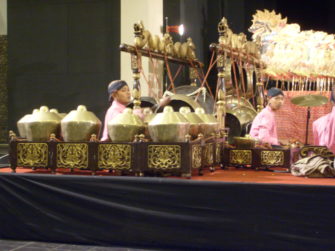
Javanese traditions are nonetheless still alive in villages in Salatiga. In October of 2016 we visited a church in Nalen where a new balcony was being constructed at the West end. This was a major—and expensive—undertaking, and it was not immediately obvious to us what its purpose might be. The balcony, it turned out, will in fact house the church’s gamelan, thus expressing musically a deeply rooted Javanese religious heritage in a Christian setting.
The case study explores the ways in which such categories as ‘community’ and ‘identity’ are locally constructed; we have not found that there is ‘modernity’ (a general category manifesting itself in various local contexts) but rather local histories whose memory (perhaps explicit but very likely implicitly) shapes contemporary self-understandings. These are not readily generalizable. Our project is primarily led by young local actors’ own characterisations of their religious practices and especially their willingness to move between one tradition and another (for example by ceasing to be Buddhist and becoming Muslim).
One can test Western theoretical constructions of religion to assess their adequacy in an Indonesian context (as Robert Hefner has done in Civil Islam); our approach is to suspend judgment on what a general category of ‘religion’ might be (this has been another notorious question in literature in this field) and to pay attention to how local actors seem to use and conceive it. It is not so much the construction of the category ‘religion’ that is at issue, so much as the various uses to which traditions (which Europeans might name ‘religious’) are put in local contexts. For example, the continuation of traditional Javanese religious practices like the ‘Slametan’ are embedded within Muslim everyday life. The Slametan is a communal meal, deeply rooted in Javanese traditions, which might be local and small-scale or large regional affairs: they typically mark births, deaths, or significant dates in the religious calendar. The food is a blessing: to eat is to receive favor. There is arguably a significant difference between the sharply contrasting ‘religions’ of state bureaucracy (where local actors must name their tradition and thereby exclude the others) and the significantly more blurred edges between traditions in actual communities.
These considerations lie in the background of our research into young people’s attitudes to other religious traditions and we are interested to discover how things look after our fieldwork is completed this year. The main body of research will be composed of interviews with youth who participate in inter-religious initiatives, especially ‘before and after’ conversations, with follow-up interviews one year and two years after participation to discover whether students’ interests, concerns, and relationships are sustained beyond the immediate period of the initiatives themselves. Since it is notoriously difficult to demonstrate cause and effect in situations of this kind, we mitigate the danger of attributing all shifts in perspective to the inter-religious initiatives considered here by taking into account other activities that might have shaped their religious views.
It is certainly a puzzle to figure out how young people view flare-ups of ‘religious violence’ if religious identity can be viewed, at least in some regions, (in the words of one Indonesian colleague) as ‘largely an administrative matter.’ It is also a puzzle to account for religious practices as simultaneously deep-rooted (as in the case of Javanese customs) and yet readily exchangeable (as in the cases of changing religious tradition). That is a central focus of our research.
Featured Photo Credit: Tom Soldan. Gamelan Crok. Flickr.com


